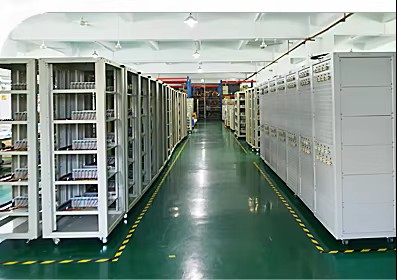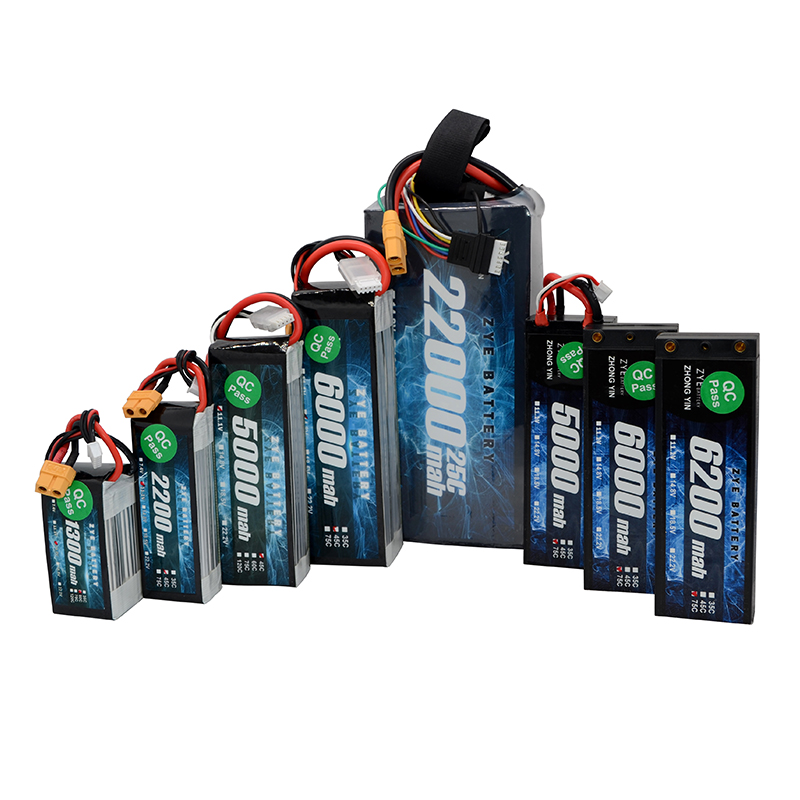How Solid State Batteries for Drones vs.Lithium-Ion?
2025-11-03
1. Battery endurance has long been a critical constraint on commercial and military-civilian dual-use drone operations.
Whether for infrastructure inspection, agricultural surveying, search-and-rescue missions, or military reconnaissance, flight duration directly limits operational range and payload capacity.
While traditional lithium-ion batteries remain the industry standard, they still limit professional drone flight times to 20 to 60 minutes under ideal conditions. Environmental factors and payloads further reduce actual mission durations. This bottleneck forces operators into complex logistical planning, frequent battery swaps, and limits mission complexity.
2. Lithium-ion vs. Solid-State Batteries: A Technical Comparison
Lithium-ion Batteries: Current Performance and Limitations
Lithium-ion batteries utilize liquid electrolytes to transport lithium ions between electrodes. Their core advantages include: relatively high energy density (up to 250 Wh/kg), rapid charging capability, and mature manufacturing scale with cost efficiencies developed through decades of incremental improvements. This technology is proven, reliable, and widely adopted, underpinning comprehensive applications across the commercial drone sector.
3. However, lithium-ion batteries also present significant drawbacks:
Flight duration is constrained by the current upper limit of practical energy density.
Safety remains a critical concern: Liquid electrolytes are flammable, posing risks of thermal runaway and catastrophic failure, particularly in harsh environments or following impacts.
Battery lifespan is directly correlated with charge-discharge cycles; performance degrades significantly beyond a certain cycle count.
Lithium-ion batteries are highly sensitive to extreme temperatures: low temperatures diminish performance, while high temperatures amplify fire risks.
4. Solid-State Batteries: The Next Technological Leap?
Solid-state batteries (SSBs) achieve a fundamental structural innovation by replacing liquid electrolytes with solid-state electrolytes (typically ceramic, glass, or polymer matrices). Recent reports indicate solid-state batteries could achieve energy densities exceeding 400 Wh/kg, with some studies suggesting even greater potential. Theoretically, this leap means drones could extend flight times or carry more equipment for the same battery weight. These key points provide valuable reference when evaluating the advantages and disadvantages of lithium-ion versus solid-state battery technologies for drones.
Core advantages highlighted in industry reports and studies include:
Significantly enhanced energy density: Solid-state batteries can extend commercial drone flight ranges by two to three times, enabling multi-hour operations far surpassing current lithium-ion technology.
Enhanced safety: Non-flammable solid electrolytes drastically reduce fire and explosion risks—critical for operations in densely populated or sensitive areas.
Extended lifespan: Solid-state batteries withstand thousands of charge-discharge cycles without degradation, promising lower total cost of ownership for commercial and military fleet operators.
Superior performance in extreme temperatures: Solid electrolytes maintain stability in polar or desert environments, expanding deployment ranges for critical drone missions.
In the agricultural sector, drones equipped with these batteries can operate continuously over vast areas without needing mid-flight recharging, performing tasks such as crop monitoring, pesticide spraying, and soil analysis. Their compact design enables agile maneuvering in confined spaces like orchards.
Rescue teams also utilize these batteries for emergency response. Drones can swiftly reach disaster zones to deliver aid, transporting medicine, searching for survivors, and surveying damage in areas inaccessible to humans. These batteries perform exceptionally well in extreme environments, ensuring reliable operation during the most critical moments.
5. Ushering in a New Era for Drones
Solid-state batteries promise to fundamentally transform the drone industry, substantially enhancing the endurance and mission capabilities of commercial and dual-use platforms. While traditional lithium-ion batteries will remain dominant in the foreseeable future due to cost and supply advantages, the advent of solid-state batteries marks the beginning of a new chapter in aerial mobility—as drones break free from battery life constraints, their possibilities will be redefined.

























































